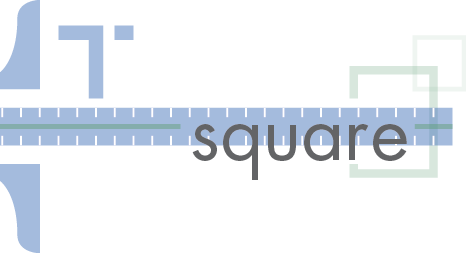Designing a product or service takes a lot of thought and effort. In order to make a successful product or service we must understand how the customer will interact with what we make and their possible reactions to our product/service and/or interface. Using psychology to understand how and why people act in a given situation and then recreating that situation either in a product; such as "Facebook" or "LinkedIn" is one way to implement psychology in design. This approach uses a broader scope on design, which includes the product or service being offered. The other approach has a more limited scope involved and only includes the choices made by the designer that dictates functionality. These choices are based on things such as aesthetics, colors, button shapes/textures, layout and typography. Obviously these are not the only concerns or applications when using psychology and design together, but they are certainly things to be taken into consideration.

Examining psychology and how it effects the design process is very important to both the user and the designer. The user needs to have a successful and pleasant experience with the product/service and the design ensures that this happens. Incorporating psychologically motivated design decisions can be a successful way to persuade or direct users towards a specific or non-specific action. An example of this implicit influence would be the use of "Hick's Law". "Hick's Law" or the "Hick-Hyman Law" is a model of human-computer interaction that describes the time it takes for a user to make a decision as a function of the possible choices he or she has."(Wikipedia)
T = blog2(n + 1)
Above: Hick's Law Equation
So overall the psychological influence in design is a very important factor to be taken into account when designing products, services and the aesthetics of a system. Neglecting the the implicit and explicit psychological influences can and will most likely hinder how you want the user to interact with what product/service you are providing. In all when designing, it is recommended to do the proper research on who your target user(s) is/are and how you want them to interact with the product/service being offered. Investing the time into these design decisions and research will pay off for anyone willing to implement them into their products/services and digital interfaces.











